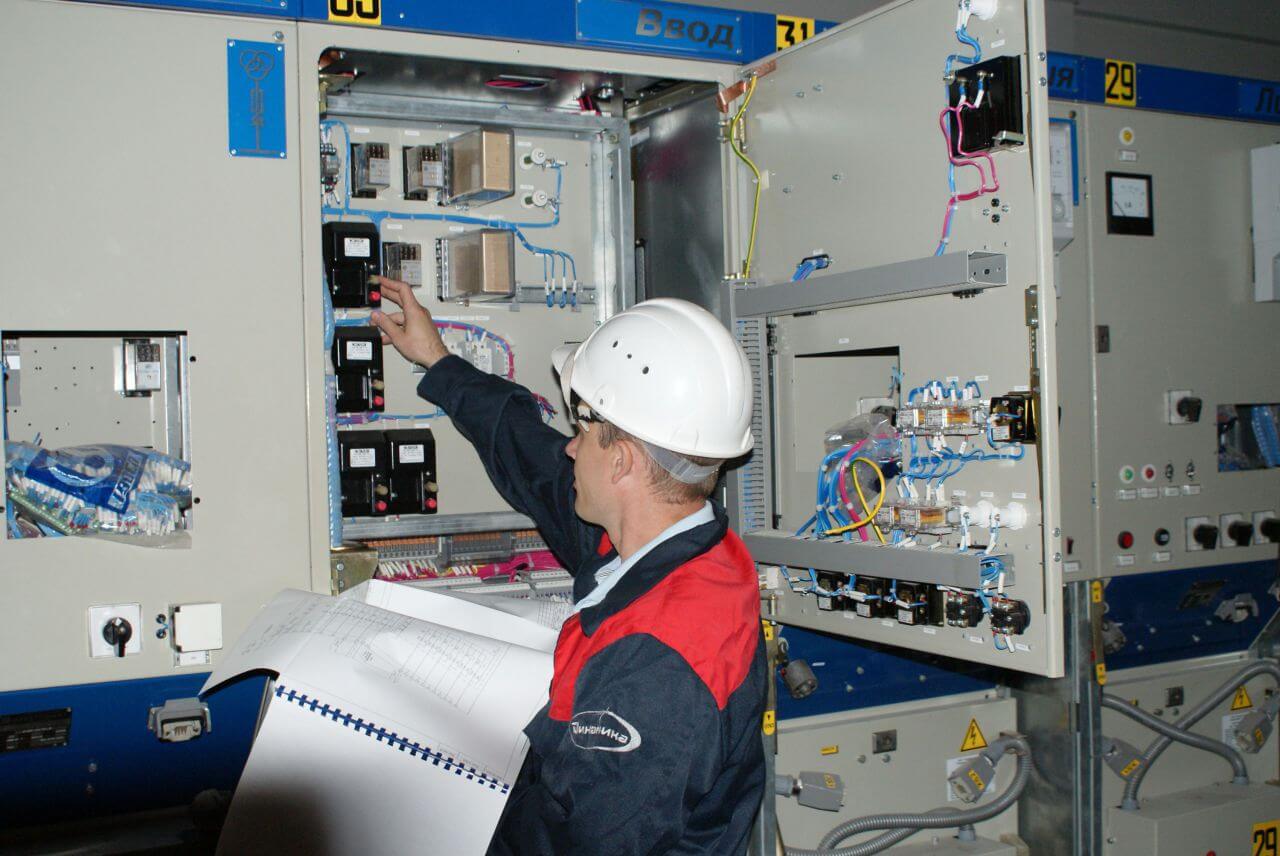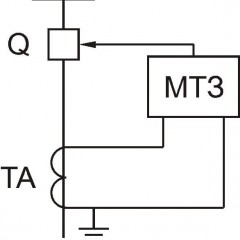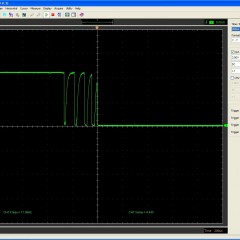Which electrical installation is considered valid - the correct answer
When checking the knowledge of electricians, there are a number of questions related to definitions. For example, which electrical installation is considered valid. To answer this question, we have studied the terms and concepts spelled out in the basic regulatory and recommendation documents for electrical personnel. We also gave examples so that you understand how to correctly answer this question in different situations.
Where is it written
In the PUE there is no definition of the current electrical installation (abbreviated as EI). But in paragraph 1.1.3 it is said that such an electrical installation in the general sense is a combination of equipment (machines and apparatuses), structures, premises in which they are located and lines (power lines, overhead lines). At the same time, they can be used for production, transformation, transformation (changing the type of energy) and electricity distribution.
Accordingly, EI are divided by the voltage in them up to and above 1000V.
But in the intersectoral rules on OT (IPBEE) in the section "Terms and definitions" there is the concept of an active electrical installation. This is a installation that is energized or it can be supplied by switching devices.
In another important document for the electrician PTEEP, also in the “Terms and Definitions” there is such a concept, but it is formulated more broadly and more precisely. It says that the EU is considered valid if all or part of it is energized, as well as under induced voltage or voltage can be supplied using switching devices. And if the de-energized overhead line intersects with another overhead line that is energized, then the first (de-energized) overhead line is also active.
Nuances and examples in questions and answers
For beginners, the question often arises:
“If you turn off the input circuit breaker, circuit breaker or other switching device in the electrical installation, will it be considered valid?”
The answer is yes! As already mentioned above, an electrical installation is considered effective, the voltage to which can be supplied by switching devices. That is, if they are disabled, this does not mean that they cannot be enabled by anyone. In order for the control unit to become inoperative, it is necessary not only to turn off the disconnectors, but also to disconnect or ground the power cable, as well as to order that the control unit is switched to "Inactive".
Another equally important question:
“What is an electrical installation in practice?”
In simple terms, your home or apartment is an electrical installation, it includes a cable line from the support (if the input is organized by air), an input electrical panel, a metering board and all devices that are consumers of electricity. Its borders are determined by the agreement and the balance sheet ownership of the OHL sections.Thus, within the same room there can be several power plants that are on the balance sheet of different companies, moreover, even one power transmission line at its different sites is serviced by specialists from different organizations.
We examined the definition of the term “Active Electrical Installation” and what applies to it. It is worth noting that the interpretation of the concept, although unambiguous, is enshrined in only two documents, and it is in the PTEEP that the term is given more precisely and more extensively.
Do not miss:







